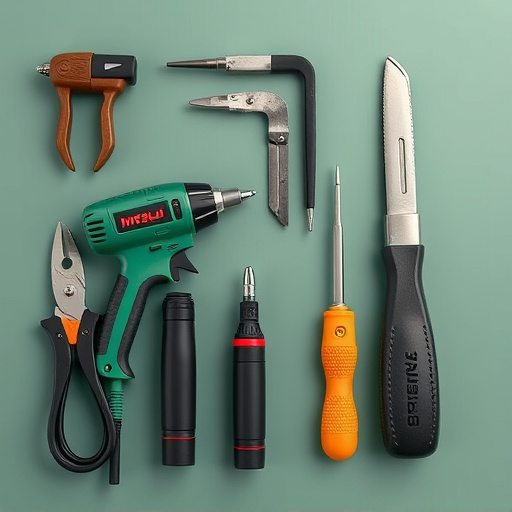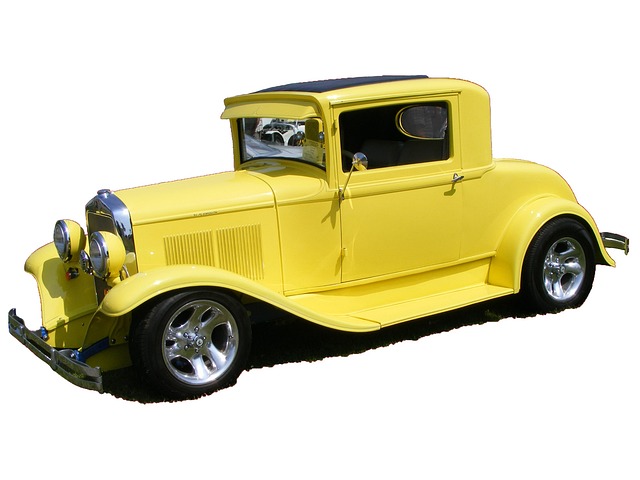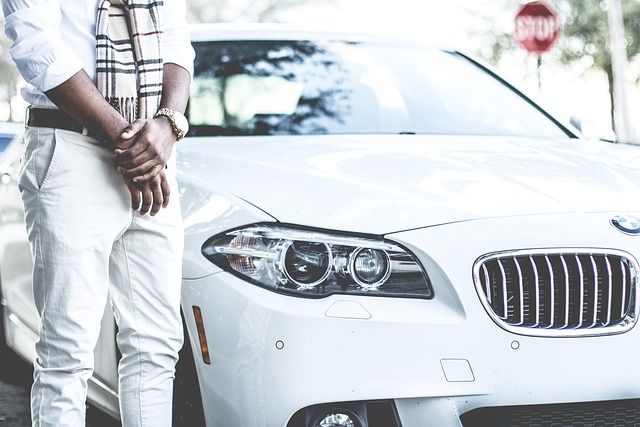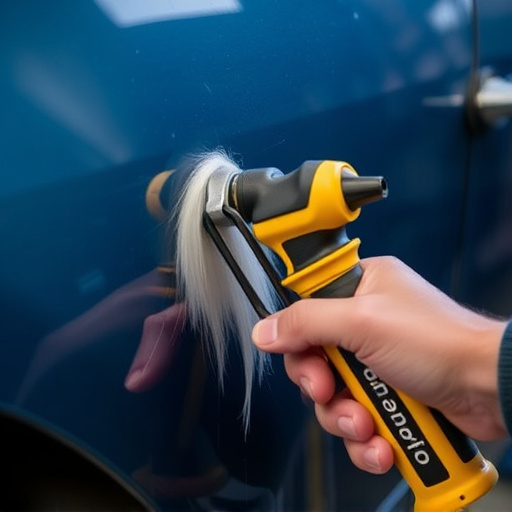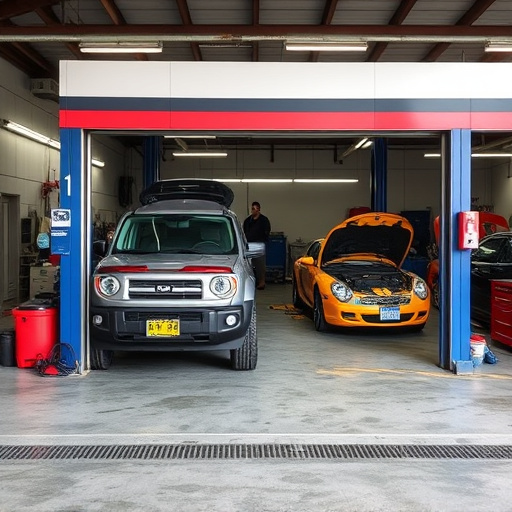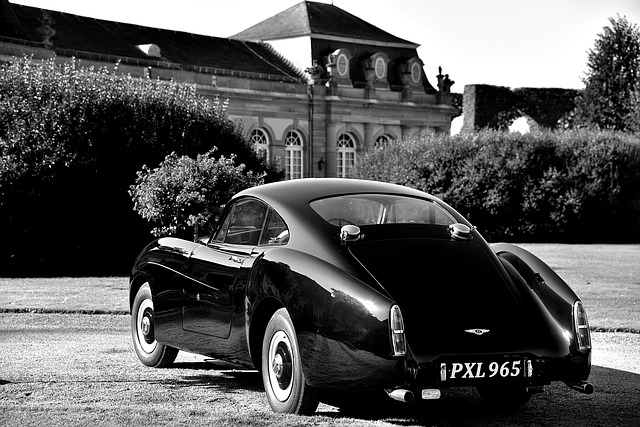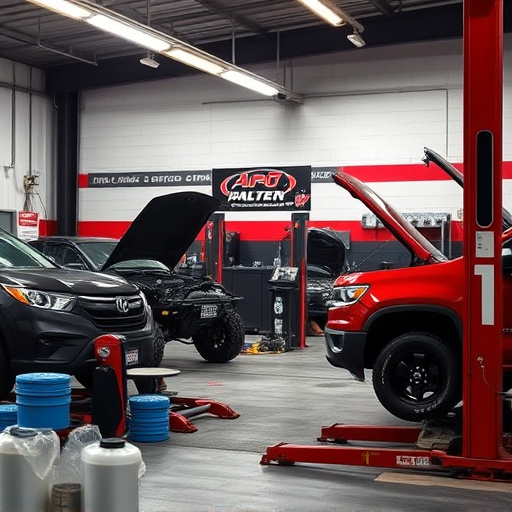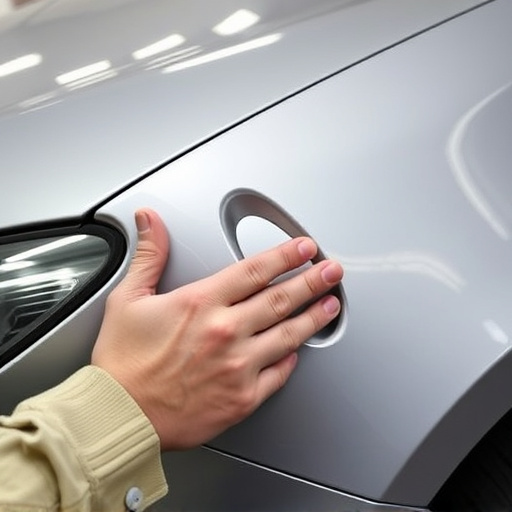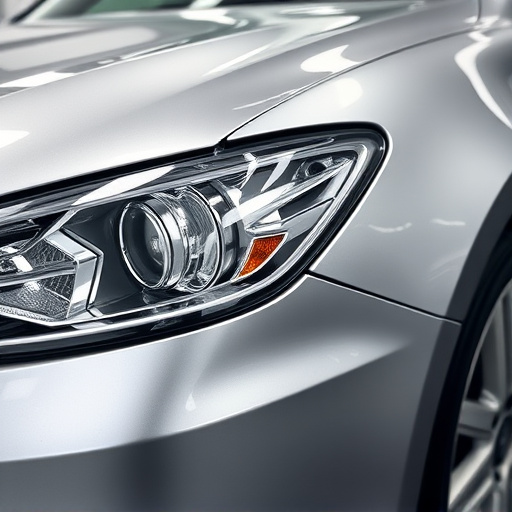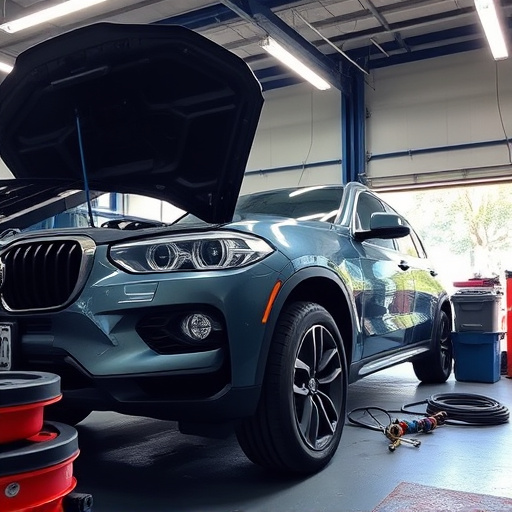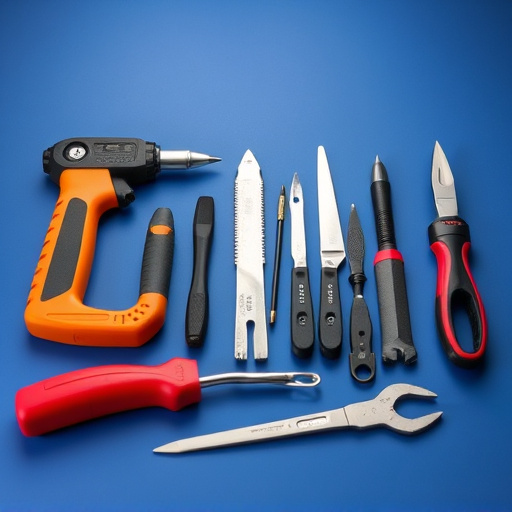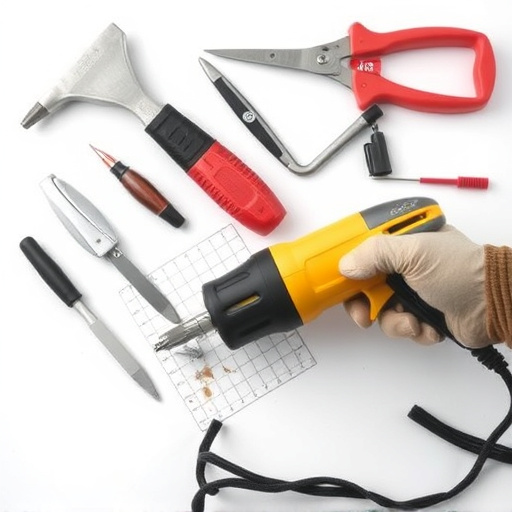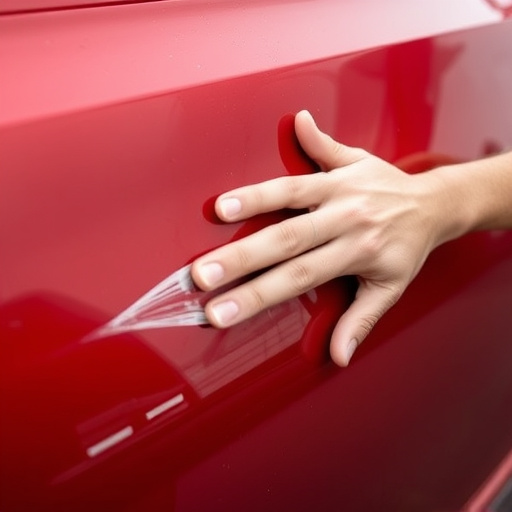Pearl finish collision repair involves using advanced coatings with microscopic particles to restore damaged car bodywork to its original glossy condition. It requires meticulous dent removal, precise surface preparation, and exact paint matching. Quality control includes visual appraisals, tactile inspections, moisture meters, UV testing, and spray gun calibration to ensure a seamless blend and flawless, durable finish.
Discovering a flawless pearl finish on a collision-repaired vehicle is an art. This guide unravels the secrets behind identifying exceptional craftsmanship. We’ll explore the basics of pearl finish, teaching you to scrutinize every curve and corner for imperfections. Learn about advanced testing methods that ensure quality assurance. From visual inspections to scientific verification, this comprehensive approach equips car enthusiasts with the knowledge to appreciate and recognize top-tier pearl finish collision repair work.
- Understanding Pearl Finish: The Basics
- Visual Inspection: Finding Imperfections
- Quality Assurance: Testing and Verification Techniques
Understanding Pearl Finish: The Basics
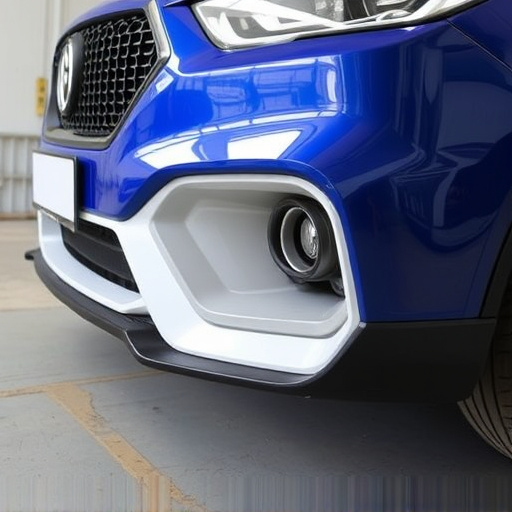
Pearl finish collision repair is a specialized art that involves restoring damaged car bodywork to its original glossy and flawless state. Unlike traditional paints, pearl finishes are characterized by their unique ability to reflect light in a myriad of colors, creating a stunning, almost ethereal glow. This effect is achieved through advanced coatings that contain microscopic particles, which scatter light and produce a vibrant, iridescent appearance.
When assessing a pearl finish collision repair job, the seamless integration of the repaired area with the surrounding unharmed car bodywork is paramount. The technique requires meticulous attention to detail during dent removal and subsequent surface preparation. Every imperfection, be it a subtle scratch or an uneven sheen, can disrupt the overall aesthetic. Therefore, skilled technicians must employ precise tools and techniques for paint matching, ensuring the final product resembles the vehicle’s original pearl finish perfectly.
Visual Inspection: Finding Imperfections
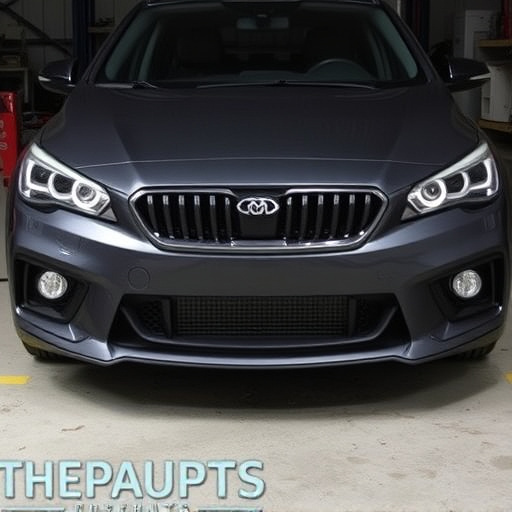
When evaluating a pearl finish collision repair job, one of the most crucial steps is a thorough visual inspection. Start by examining the overall aesthetics of the vehicle’s exterior. Look for any visible signs of damage, such as dents, scratches, or chips in the paint, which could indicate that the repair process was not executed flawlessly. A perfect pearl finish should be seamless and free from any imperfections that might disrupt its glossy, reflective surface.
Focus on detailed areas like curves, edges, and seams where repairs were made. These spots often reveal the true quality of the car paint services provided. Check for inconsistencies in color, texture, or shine, as these could suggest subpar auto body repairs or improper dent repair techniques. A flawless pearl finish collision repair job should seamlessly blend damaged areas into the existing vehicle panels, creating an optical illusion that is both seamless and stunning.
Quality Assurance: Testing and Verification Techniques
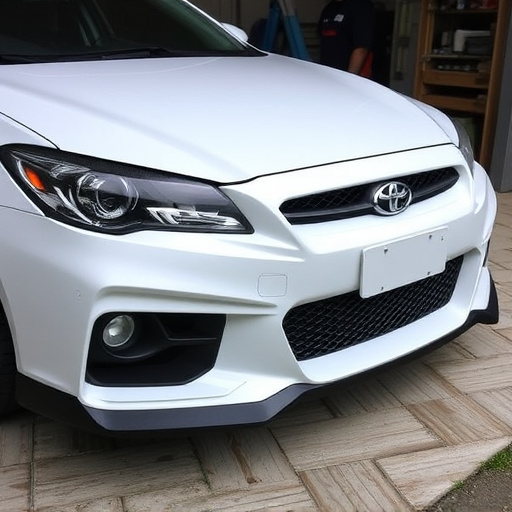
Ensuring quality in pearl finish collision repair involves rigorous testing and verification techniques. After the initial painting process, professionals employ various methods to check for perfection. This includes visual inspections under different lighting conditions to detect any imperfections or inconsistencies in the finish. Additionally, they may use specialized tools like moisture meters to verify that the paint is dry to the touch, ensuring a flawless surface.
Beyond visual and tactile assessments, advanced technologies such as UV testing and spray gun calibration are employed. UV light can reveal hidden defects not visible to the naked eye, while precise spray gun settings guarantee consistent color and texture across the entire vehicle collision repair area. These techniques, part of quality assurance practices, ensure that every pearl finish collision repair job meets the highest standards, delivering a smooth, glossy, and durable finish.
A flawless pearl finish collision repair job is not merely about repairing damage; it’s about restoring the vehicle’s aesthetic appeal and value. By understanding the nuances of pearl finish, conducting thorough visual inspections, and employing quality assurance techniques, professionals can achieve a sophisticated, glossy surface that seamlessly integrates with the car’s overall design. When seeking pearl finish collision repair, look for experts who prioritize these steps to ensure you receive a top-notch, imperfection-free result.
